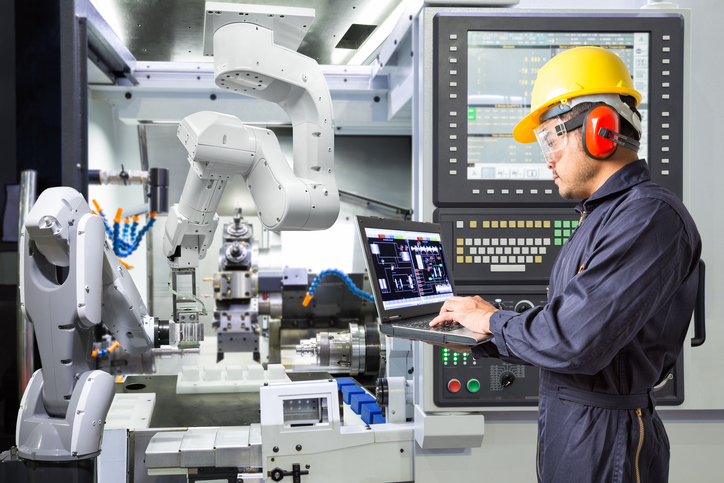Pre-engineered robotic workcells are becoming an increasingly popular choice for manufacturers looking to automate their processes without the high costs and long lead times associated with custom solutions. These systems are designed for specific applications and offer a reliable, cost-effective alternative that can be deployed quickly. One of the main benefits of pre-engineered robotic workcells is their lower upfront investment. Since they are built for common tasks, there’s no need for extensive engineering or customization, which significantly reduces both time and cost. Additionally, these systems have already been tested in similar environments, so you can expect proven performance and a solid return on investment (ROI). When evaluating a pre-engineered robotic workcell, it's important to look beyond basic specifications like payload capacity. Pay attention to the design and how it's optimized for your particular application. Some systems use innovative layouts, such as center-mounted robots, to maximize reach and efficiency, which can lead to better productivity over time. Another critical factor is data integration. Modern manufacturing relies heavily on real-time data for process optimization. Ensure the system can collect detailed production metrics, allowing you to monitor performance, identify bottlenecks, and make informed decisions to improve efficiency continuously. Even though pre-engineered systems are easier to install, they still require proper setup and maintenance. This is where a good robot integrator becomes essential. Choose a provider that offers comprehensive support, including remote assistance, scheduled maintenance, and quick access to spare parts. Having 24/7 support ensures that any issues can be resolved quickly, minimizing downtime and keeping your operations running smoothly. A strong support network not only improves system reliability but also helps maintain your ROI over the long term. While pre-engineered robotic workcells may not be suitable for every application, they are ideal for standard automation tasks. By selecting the right system and working with a trusted integrator, manufacturers can achieve significant gains in productivity, efficiency, and cost savings. If you're interested in learning more about how pre-engineered robotic workcells can benefit your business, check out Genesis Systems Group’s range of solutions tailored for a variety of industrial applications. Air hoses are typically made of durable materials such as rubber, PVC, or polyurethane, which can withstand high-pressure air and resist abrasion, weathering, and chemicals. They come in various lengths, diameters, and colors to suit different needs and preferences. Air Hose,Turbo Hose,Rubber Intercooler Hose,Fiat Turbo Intercooler Hose HE BEI HONGAN AUTOMOBILE AND MOTORCYCLE FITTINGS CO.,LTD , https://www.honganproduct.comWhat to Consider When Choosing a Pre-Engineered Robotic Workcell

Key Features to Look For
Support from a Reliable Robot Integrator
The primary function of an air hose is to deliver compressed air to power pneumatic tools. Pneumatic tools, also known as air tools, rely on compressed air to operate and provide a wide range of benefits compared to traditional electric tools. They are generally lighter, more powerful, and have a higher torque-to-weight ratio. Additionally, pneumatic tools do not generate heat or sparks, making them safer to use in potentially hazardous environments.
Air hoses are often equipped with fittings on both ends to connect them to the compressor and the tool. The most common type of fitting is the quick-connect coupler, which allows for easy and secure attachment and detachment of the hose. Quick-connect couplers come in various sizes and styles to match the corresponding fittings on the compressor and tool.